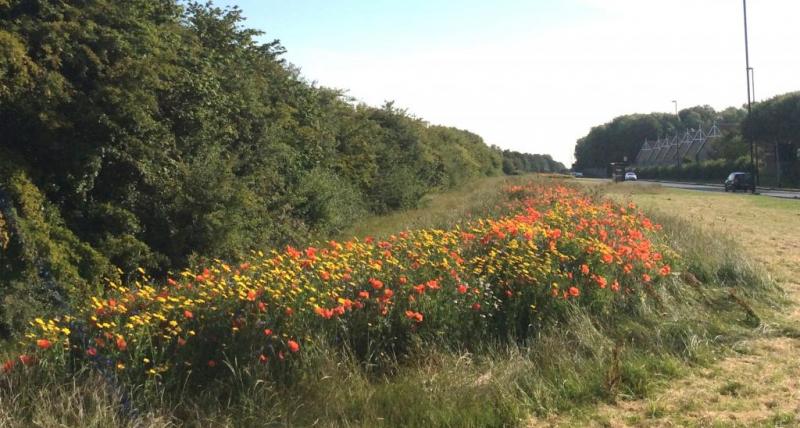
A successful wildflower planting project has been extended following positive feedback from North Tyneside residents and the impact it has had on the local environment.
Last year North Tyneside Council launched a project to increase the number of biodiversity areas in the borough – total of 43 new areas were introduced.
Seeds were sown by the council in selected sites across the borough; around trees, by-passes, roadside verges and fields and some grassy areas. This resulted in poppies, marigolds, cornflowers, birdsfoot trefoil and many other varieties of plants flourishing last year.
The project has enabled species which are present in the grass areas to grow, flower and set seed. It also created the perfect habitat for butterflies, bees, birds and small animals.
Residents and ward councillors were asked to put forward suggestions for new biodiversity locations across the borough, and these are currently being considered. North Tyneside Council will also be increasing the wildflower content in the biodiversity sites introduced last year.
Cllr John Stirling, cabinet member for Environment said: “I am delighted at the results of the wildflower planting and that it has been extended. I would like to thank residents for their support and for making the project such a success.
“As well as the visual impact the wildflower meadows have had, bringing splashes of colour across the borough, it has helped us develop our biodiversity areas and has created an environment for bees and butterflies to flourish.”
The project is part of the ‘Alan Challenge’ introduced by the UK’s most famous gardener, Alan Titchmarch, to increase Britain’s wildflowers, plants and wildlife. It also supports the council’s Biodiversity Action Plan to encourage associated wildlife and Defra’s National Pollinator Strategy to help with the decline in pollinating insects.
